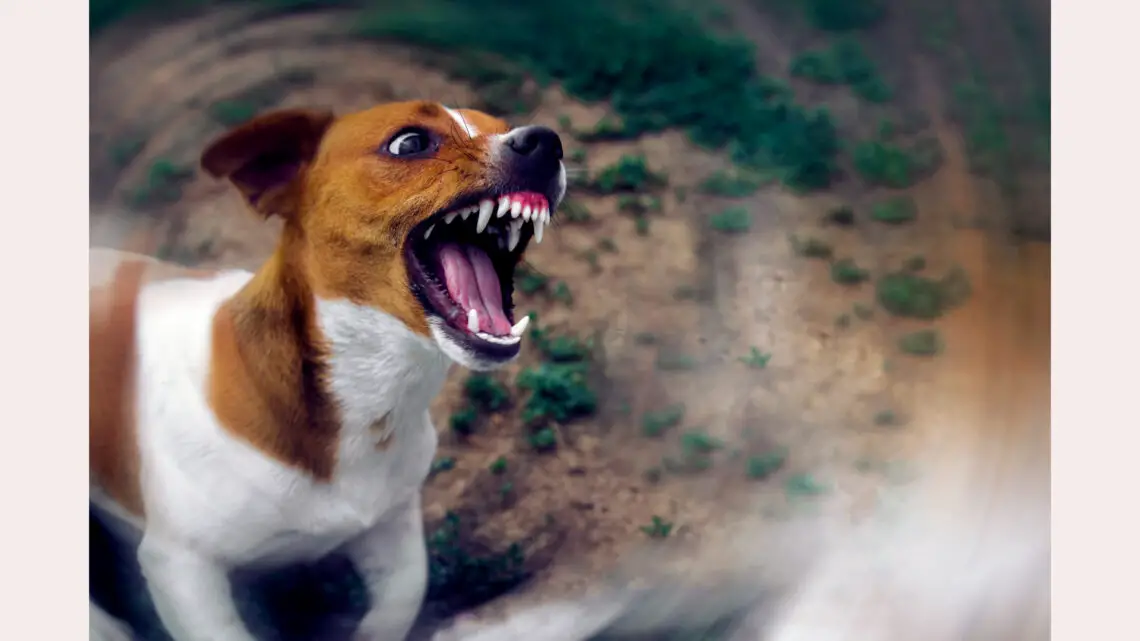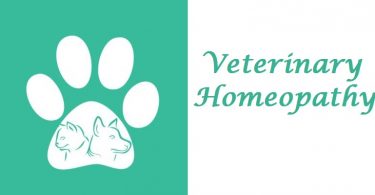Aggressive dogs often end up being killed as too difficult to manage or too dangerous. I believe these problems are created by us humans so we can resolve them. The combination of a good understanding of the species, training that they understand along with the best treatment using homeopathy is unbeatable, in my view. Here is one such example.
Keywords: aggressive dogs, crotaline, elapidae, training, terriers, 6th subclass, reptiles
I hadn’t planned to get any specific breed of dog when I went looking. I tend to get ‘unwanted’ animals or those others can’t handle. My boxer had died. She had lulled me into a false sense of security. She was good with the cats, ducks and horses. She was happy, free and no problem.
I didn’t have a bad feeling when I adopted Luna, a two year old American Staffy cross Terrier. But I didn’t know what I had let myself in for! I wasn’t prepared for her aggression towards the cats. On her first day, she broke her choke chain lunging after a cat, who fortunately got away before any damage was done.
Staffies aren’t large dogs but they are strong, powerful, stocky dogs. They have big strong jaws. Luna can chomp her way through beef marrow bones in no time at all. She hadn’t received any training. She was excitable, jumped up a lot, was domineering, pushy, pulled like a train on the lead and barged around. She had to be restrained at all times.
Her history was she had been neglected and abused in her first year. I started what I call ‘wolf training’. It really is training us humans to treat the dog as a wolf does. It’s disciplining dogs the way they understand. I use Jan Fennells methods. Within a couple of days I could see a change. She was a bit calmer, a bit more respectful.
Dogs, as pack animals, have a strong hierarchial system. It’s essential they know where they are in the group/family, in their terms, not ours. For example, the alphas always eat first. Translate that into the human must eat before the dog eats (it can be a quick snack), but so should the cats. That way they will look upon the cats as higher in their pack than they are, so will be respectful.
I was very strict with her, not letting her get away with anything…which dogs appreciate when done respectfully as they want strong leaders. As she made progress, so I gave more leeway.
Whent out walking in the paddock Luna’s radar was locked onto seeking out my cats and then trying to chase them. This was getting worse, so reluctantly I purchased an electronic collar. My priority was to keep everyone safe.
One day she did catch a cat and wouldn’t let go, even though the zapping was on a high setting and continuously given. I had to force her jaws apart. As one would expect, homeopathy completely healed the cat, who couldn’t eat for five days. In fact, the cat improved beyond the incident as she became more friendly and more assertive, another normal homeopathic phenomena.
Eventually Luna realised that cats ‘bit’ her, so her focus gradually changed. Now she hunts down the freshest horse dung. Good progress! It took me a few months to discover who she is. Repertorising wasn’t very helpful. I needed to think more widely. The desire to hunt the cats took me to the animal kingdom. The attacking and abuse led me to the 6th superclass. The animal group here are the reptiles.
As the fog cleared, I could see the reptile in her. She’s very cold, shivers in the slightest chill. She’ll always seek out a sunny spot, but won’t stay long in extreme heat. She’s thirstless. A few laps after exercise is about all she has. She tolerates pain when totally focused. She hangs on to her prey.
Of all the reptiles, we known snakes the best. Homeopathic vet Peter Gregory suggests Lachesis for terriers. I feel that all snakes should be considered. Perhaps all reptiles.
Lachesis, one of the crotalines, repeatedly strike their prey, whereas the elapid group of snakes tend to strike once and hang on, just as Luna did. The crotalines tend to ambush their prey, whereas the elapids are active hunters, as Luna was.
Crotalinae tend to be alert all the time. Elapidae are alert only when their space is invaded. Luna sleeps very soundly, snores loudly and dreams actively and audibly. Crotalinae attacks in a sudden, hidden manner. Elapidae confront their victim face to face. There is nothing hidden or sly about Luna’s way of attack.
I had to start somewhere, and Elaps wasn’t in the loquacity section, whereas Naja was. As Luna is not a talkative dog, only barking at the sight or sound of other dogs, I chose Elaps. I dosed Luna with Elaps 200c. She happily licked it off the offered teaspoon. Her shift in her energy was palpable. She had a dose a week for a few weeks, then a dose of M.
The cats started to interact with her, cautiously. Without any planning, she somehow managed to wander freely about the house. She was very interested in the cats, but respectful. No one ran to hide, not even the cat she had attacked.
Now they rub up against her in greeting, tail up, defences down. Deep down, she’s just a nice dog. Her lack of training, her past, the normal high energy in a young dog and her bulky size all made her seem unmanageable, even dangerous. There’s still a way to go, but the bulk of the work is done.
Most, if not all, problems with dogs are created by us. If we’re determined, appreciate who dogs are, use the best training (kind, but firm) and get the right treatment, I believe even the most damaged animal can recover, be safe and enjoy life.
The ‘wolf’ training is the kindest, the most effective and the easiest-to-follow I have found for dogs. The electronic collar helped keep everyone safe while I worked on finding ‘her’ remedy. It was only used for a short period and only when she shifted into her ‘attack’ mode at the sight of a cat. For better or worse, she has landed up with me, a cat lover. However, the real shift came with the homeopathy. Only then did I feel I could begin to trust her.
Reference:
SHS software – https://synergyhomeopathic.com
Sankaran’s remedy classification.
Jan Fennell – http://www.janfennellthedoglistener.com/







Great success! I have a staffie who is also a rescue with horrible first year before we adopted him. This maybe a good remedy for him as well. Thank you!